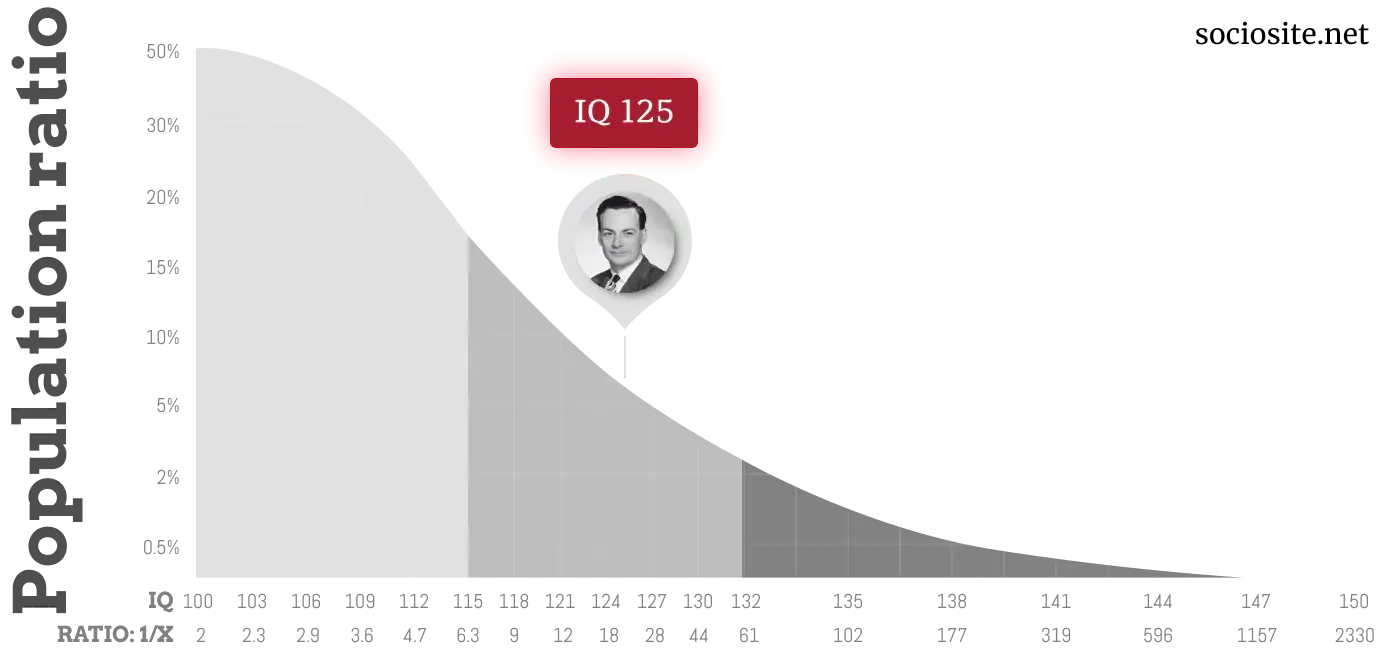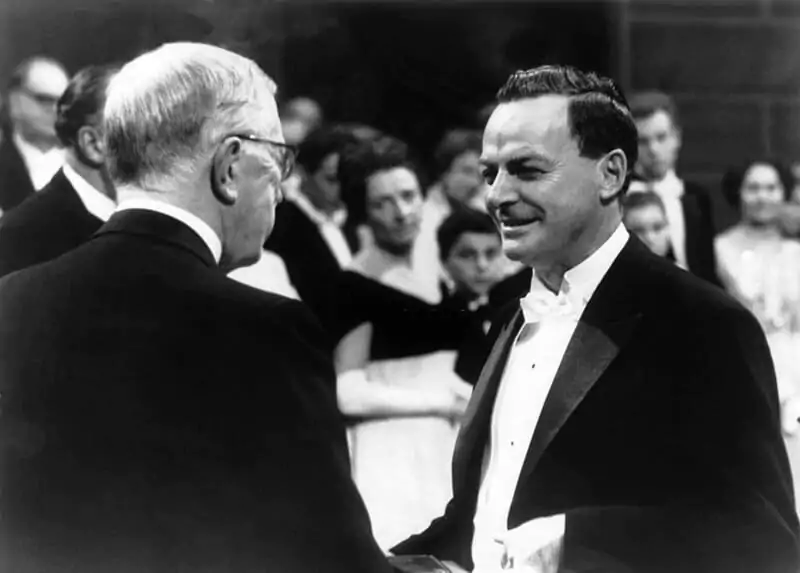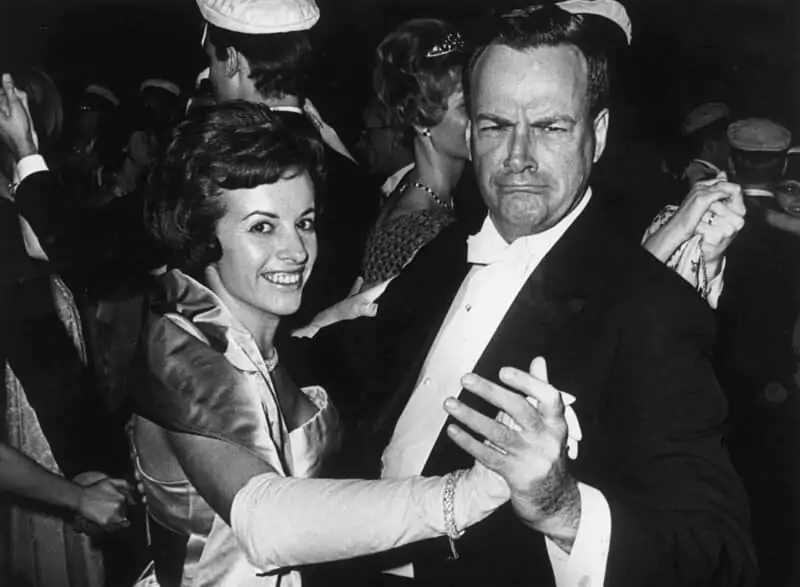Richard Feynman
IQ 125
How was it possible that Richard Feynman, a brilliant scientist who performed astronomically well in the Putnam competition, had Richard Feynman IQ of just 125?
I. What is Richard Feynman IQ?
Richard Feynman was born in 1918, and he is credited with having a Richard Feynman IQ of 125. Around 1930, when general intelligence testing in schools was starting to become more common in the US, he would have probably taken an IQ test in school in NYC. He wouldn't have been much older than 12 or 13.

The test results were purportedly made available to his sister Joan, who went on to become a physicist, who claimed that they both had the same IQ or, more precisely, that she had scored one point higher than him.
There are some things to think about. Over the years, there have been and still are a variety of IQ test publishers and exam formats. What IQ test Feynman took and what it focused on are both unclear to us.

The quotient approach, which involved estimating Feynman's "mental age" and dividing the result by his chronological age before multiplying by 100, was likely used to get the results of his IQ test.
IQ tests are no longer graded in this manner; instead, a large sample of test takers is used to create a distribution of test scores. A Richard Feynman IQ of 125 is determined by a result that is one standard deviation above the sample group's mean, and so forth.
On a quotient-based exam, IQ is a famously unstable score over the course of a lifetime; it may change significantly with age, particularly in young people.
According to his biographer James Gleick, Feynman had a strong understanding of algebra by the age of 13 and had mastered calculus by the time he was 15.
Feynman may have taken any IQ test, but if the claimed result is accurate, it is obvious that the exam did not accurately reflect his level of mathematical proficiency. Feynman outperformed an IQ test in real life.
This individual undoubtedly contributed to the myth that Richard Feynman IQ was ideal for a jokester like himself. He was a born iconoclast and authority figure critic who was well known for his contempt for groups like Mensa.
Some people also think that Feynman would have detested the applications that IQ tests had occasionally been given throughout their development. Terman, the creator of the Stanford-Binet test, was a proponent of eugenics.
II. Richard Feynman IQ and his scientific contribution
1. Richard Feynman - early life and education
One of history's best and most influential theoretical physicists, Richard Phillips Feynman was a well-known American scientist. Feynman developed the theory of quantum electrodynamics and transformed the study of quantum mechanics. In 1965, he was awarded the Physics Nobel Prize. This shows Richard Feynman IQ of 125 is false.
Richard Feynman was born on May 11th, 1918 in Brooklyn to Jewish parents. The best proof of Richard Feynman IQ is his 1942 Ph.D. from Princeton University.
Feynman was a native of New York City's Far Rockaway neighborhood and a Russian and Polish Jew whose ancestors came to this country in the latter half of the 19th century. At the Massachusetts Institute of Technology, where he majored in physics, he developed a novel and durable method for estimating molecular forces in his undergraduate thesis from 1939.

SWEDEN - DECEMBER 10: Stockholm, Sweden. King GUSTAV VI ADOLF of Sweden is giving the Nobel physics prize to the American Richard Philips FEYNMAN
At Princeton University, Feynman earned his PhD in 1942. He created a method for understanding quantum physics that was based on the principle of least action at Princeton under the guidance of his advisor, John Archibald Wheeler.
This method replaces James Clerk Maxwell's electromagnetic model with one that is wholly dependent on particle interactions that have been spatially and temporally mapped. Feynman's technique, in essence, assessed the odds of every route a particle might possibly take in order to get from one location to another.
After the war, Feynman joined Cornell University as an associate professor (1945–1955) and resumed his research on the core concepts of quantum electrodynamics. As physicists investigated obscure new realms at the subatomic level in the years that followed, his theory of particle interaction kept coming back to the fore. He started working as a theoretical physics professor at the California Institute of Technology (Caltech) in 1950, where he stayed for the remainder of his professional life.
2. Richard Feynman successful career
Richard Feynman obtained teaching jobs at Cornell and the California Institute of Technology after the war. Feynman was a crucial participant in the Manhattan Project at Los Alamos during World War II. He was given the 1965 Nobel Prize in Physics for his accomplishments in tackling quantum electrodynamics-related issues.
Another mathematical theory Feynman developed addressed the issue of superfluidity in liquid helium. He conducted in-depth research on weak interactions like beta decay in cooperation with Murray Gell-Mann. Feynman's Parton model of high-energy proton collision events was a key contribution to the advancement of quark theory.
Fundamental computational methods and notations were introduced into physics by Feynman. The Feynman diagrams have fundamentally altered how fundamental physical processes are thought about and computed. Feynman received the Oersted Medal for Teaching in 1972 for his exceptional teaching abilities.
To be more specific, Feynman is most well-known for his contributions to contemporary physics through five key accomplishments. His work in addressing the errors of earlier formulations of quantum electrodynamics—the theory that describes interactions between electromagnetic radiation (photons) and charged subatomic particles like electrons and positrons—is the first and most significant of these (antielectrons).

By 1948, Feynman had finished reconstructing a significant portion of quantum mechanics and electrodynamics and had found solutions to the occasionally nonsensical findings that the previous quantum electrodynamic theory had given rise to. Second, he developed simple diagrams, now known as Feynman diagrams, which are pictorial representations of the challenging mathematical formulas required to explain the behavior of systems of interacting particles. Some of the mathematics required to analyze and forecast these interactions have been significantly simplified by this study.
The books Quantum Electrodynamics (1961) and The Theory of Fundamental Processes were written as a result of Feynman's lectures at Caltech (1961). He started overhauling and teaching the Caltech basic physics course in 1961, and the end product was The Feynman Lectures on Physics, 3 vol. became a renowned textbook (1963–1965).
The Character of Physical Law (1965) and QED: The Strange Theory of Light and Matter, two models of science writing that were again distilled from lectures, express Feynman's views on quantum mechanics, the scientific method, the relationships between science and religion, and the role of beauty and uncertainty in scientific knowledge (1985).
He has released a number of cutting-edge publications that have been widely regarded as authoritative references and textbooks by academics and students alike.
Feynman's fame was still mostly restricted to the scientific world when he passed away in 1988 after a protracted battle with cancer; he was not a household celebrity.
When he participated on the presidential committee that looked into the disaster of the space shuttle Challenger in 1986, many Americans saw him for the first time. At a public hearing, he confronted a reticent NASA witness by submerging a piece of rubber seal in icy water to demonstrate how foreseeably the booster rocket's rubber seal would have failed on the chilly morning of Challenger's launch. He provided his own appendix to the commission's report, highlighting the risk management shortcomings of the space agency.
WHAT IS YOUR IQ?
This IQ Test will help you test your IQ accurately
IQ Comparison with other Celebrities:
Richard Feynman
IQ 125
vs
IQ comparison with Richard Feynman
Maybe you are interested
